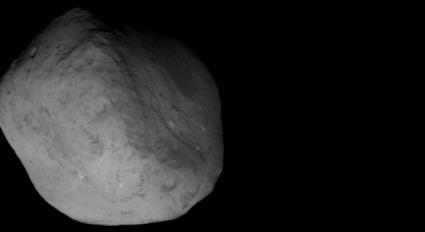SIS member JC Hanselman provided the following link, http://ssd.jpl.nasa.gov/sbdb.cgi?sstr=elenin&orbit=1 but wait for the Java applet to load (some security systems may reject this as a potential threat to your computer). This link is not working now and has probably been archived. Go to http://spaceobs.org/en/tag/comet-elenin/ which does not have the applet but the message is that Comet Elenin is approaching the inner solar system, due to come near the earth in September. It's closest approach is many million miles away but some interpolations of its trajectory predict the earth may pass through the tail of the comet – which might be interesting. We may have a real life experience of the kind of thing Clube and Napier were saying in the 1980s and 1990s. However, not all is bad about comets as they contain amino acids and some useful, or interesting, side effects. The Java applet is actually a bit of a toy in which you can fiddle around to forecast the trajectory yourself – but there is a disclaimer as the sky as seen in the little box is many million miles wide. At the same time I don't advise putting Comet Elenin in your search engine – there are some really strange web sites out there in cyberspace and this particular comet is arriving at the height of the 2012 global disaster scare come conspiracy thingummyjib that is hot on the net at the moment. Still, it distracts some of these people from AGW scaremongering – for a while. The course of the comet may actually change in the next few months – it has to negotiate the attraction of Jupiter, for example, and it could possibly be deflected by one of those dark objects lurking in near space (see yesterday).
Meanwhile, you may be able to see aurora in the night sky on the 17th or 18th of February as the solar flare and its CME make contact with the magnetosphere – and the Poles. According to BBC News Scotland is the best place to be to view the aurora – but a clear sky is probably essential.
See also www.physorg.com/print217016416.html which has a nice image of the Deep Impact crater seen on the recent Stardust mission rendevous.

